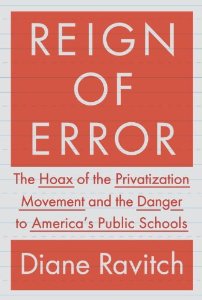Jose Montoya, Sacramento poet, activist and artist. RIP. – Ally, Friend, Teacher.
Jose Montoya,
artist and activist, died Wed. Sept. 25, 2013 in Sacramento, California. Jose
was a teacher, a poet, and a
community activist important to the Chicano movement as it developed in the
1960s and 70’s. He was a poet
Laureate of Sacramento and a co founder of the Royal Chicano Air force- an artist collective who helped
to define Chicano art and commit their art to political involvements.
The son of farmworker champion Cesar Chavez, Paul F. Chavez, and United Farm Workers President Arturo S. Rodriguez said in a
joint statement, “We will always cherish Jose for how he inspired us as well as
so many others through his art. But we will also remember him for the countless
times when he walked picket lines, helped organize UFW events and fed the
farmworkers during every major strike, boycott and political campaign. He was
truly a servant of the farmworker movement and we will always be in his debt.”
See:
https://sites.google.com/site/chicanodigital/home/the-farmworker-movement-in-sacramento-1972-1976
Montoya influenced thousands of students
and teachers during his 27 years as a professor of art at California State
University Sacramento, as well his earlier years as a teacher in Wheatland. He was a sought after speaker on issues
related to using art in teaching.









